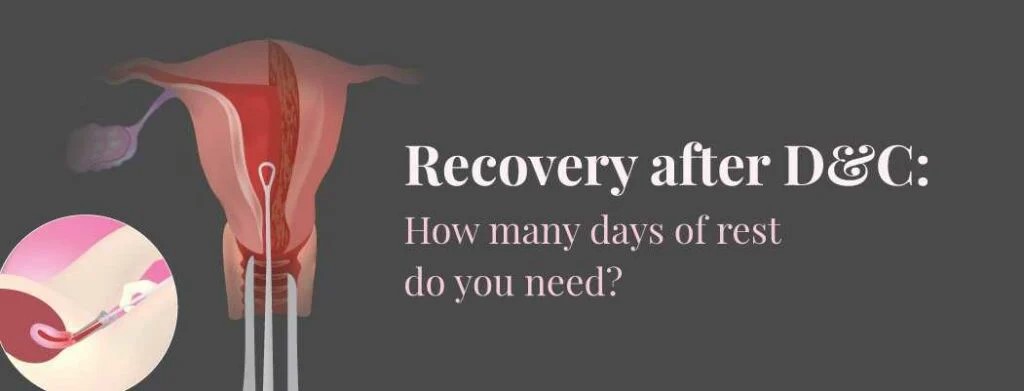Most pregnancies go off without a hitch: After 40 weeks or so, a healthy baby is born and a family grows by one. Sadly, though, sometimes things don’t go as expected—there’s a problem that makes it necessary to end the pregnancy or it ends spontaneously in a miscarriage.
Depending on how advanced the pregnancy is, this may be achieved with one of two surgical procedures—dilation and evacuation (D&E) and dilation or curettage (D&C). (The term D&C sometimes is used to refer to vacuum aspiration, another procedure for terminating a pregnancy.)
In a D&C, the cervix is widened to make is possible for a doctor to use a sharp surgical instrument called a curette to remove tissue from the lining of the uterus. Dilation and curettage is done during the first 13 weeks of pregnancy. In the case of a pregnancy that’s further along a D&E is required.
Some typical reasons a woman might need a D&E include if the baby has a serious abnormality or has died in the womb and would be stillborn.
Other possible reasons include if the membranes have ruptured prematurely or if there’s a serious risk to the woman’s health if the pregnancy is continued. A D&E is also often performed if you’re having an abortion after your 13th week of pregnancy.
What a D&E Is Like?
Both D&Cs and D&Es involve dilating the cervix and clearing the uterus of pregnancy tissue. Here’s what happens during each of these steps in a D&E.
Step 1: Dilation
The first step in a D&E is preparing the cervix by gradually softening and dilating it starting a day or two before the actual procedure. This is usually done with an “osmotic dilator,” made from either dried, compressed seaweed stalks (called laminaria) or hydrogel rods that are placed in the cervical canal where they absorb moisture a gradually expand.
Taking it slow is important. Rapid mechanical dilation has been shown to increase the risk of second-trimester pregnancy loss in future pregnancies.
Drugs also can also be used to prepare the cervix the day of the procedure, but they are not as effective as osmotic dilators—meaning mechanical dilation may be necessary anyway unless it’s very early in the second trimester.
Step 2: Evacuation
The second step in a D&E is the evacuation of the fetus and the placenta from the uterus. Before this takes place, the woman is given general anesthesia and an antibiotic to prevent infection.
While she’s under anesthesia, the surgeon performing the D&E typically will use a combination of suction, forceps, and curettage to empty the uterus. Some doctors use an injection to ensure fetal death has occurred before the evacuation, but this is controversial.
What to Expect After a D&E?

After the procedure, you’ll want to make sure you take it easy and avoid any strenuous activity. You won’t be able to drive home after a D&E, so be sure a partner or a friend or family member is available to give you a ride and provide emotional support if you need it.
You may also bleed for a few days or even up to two weeks. You’ll need to wear pads instead of tampons during this time, and also abstain from sex. This is all to prevent infection.
Your doctor will also provide you with antibiotics to help with any cramping and to prevent infection, but you’re also free to take pain medication such as Tylenol or Advil as well.
You may experience other potentially serious side effects. Call your doctor if you experience bleeding (not spotting) for more than two weeks, you don’t have a menstrual period within six weeks of the procedure, and if you have symptoms of depression.
Additionally, seek medical attention immediately if you experience heavy bleeding, vomiting for several hours, or signs of infection such as headache, muscle aches and dizziness.
A Word From women for women Kenya.
A D&E is difficult but, in general, perfectly safe. Complications such as a cervical laceration; perforation of the uterus; infection, blood clots, or hemorrhage are rare. What’s more, women who have a D&E do not experience problems in future pregnancies related to the procedure.
As previously mentioned, you may also experience depression after the procedure, whether it’s due to hormonal changes, or because you’re grieving your loss. Don’t hesitate to seek counseling or ask your doctor for a referral to a mental health professional.




